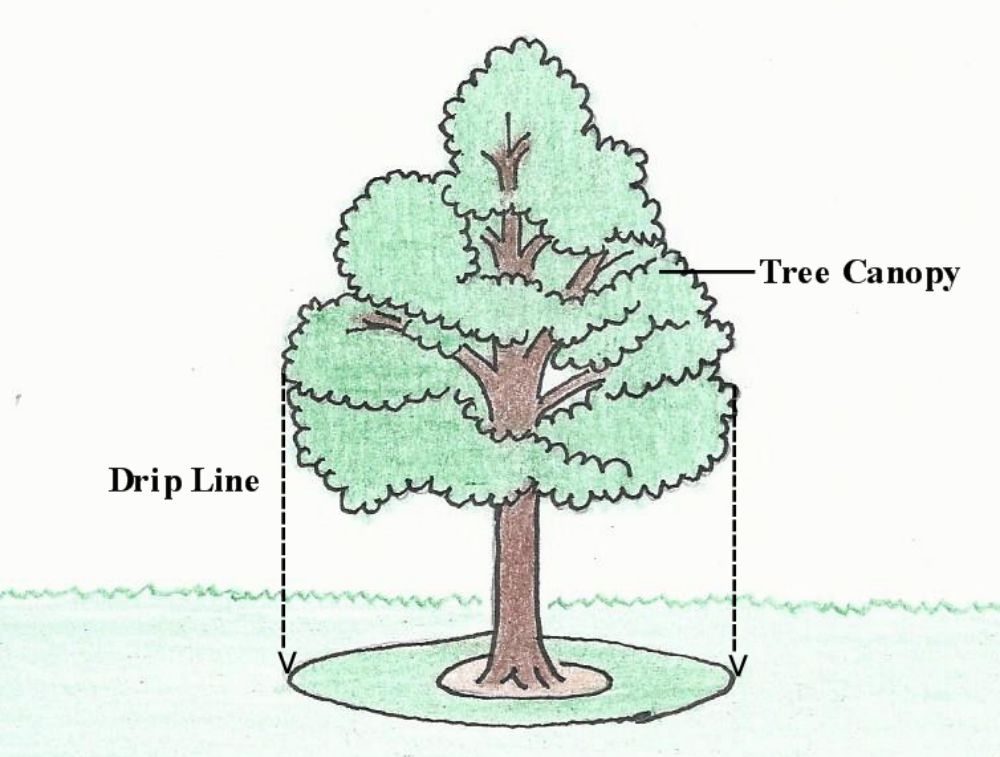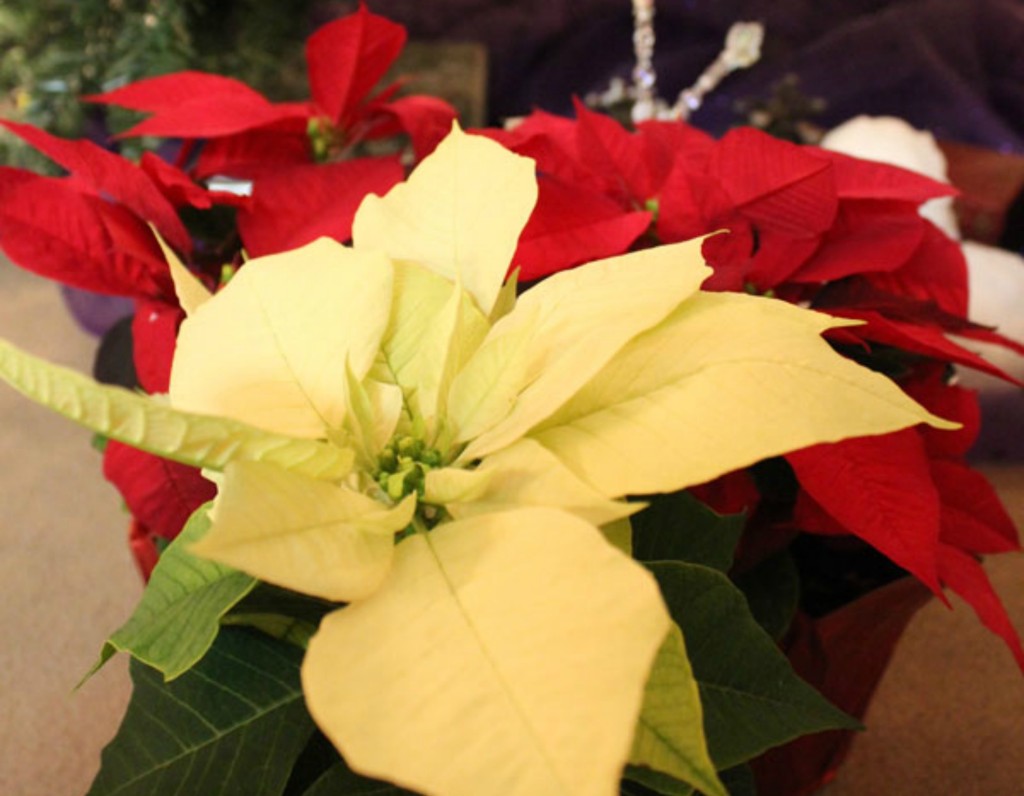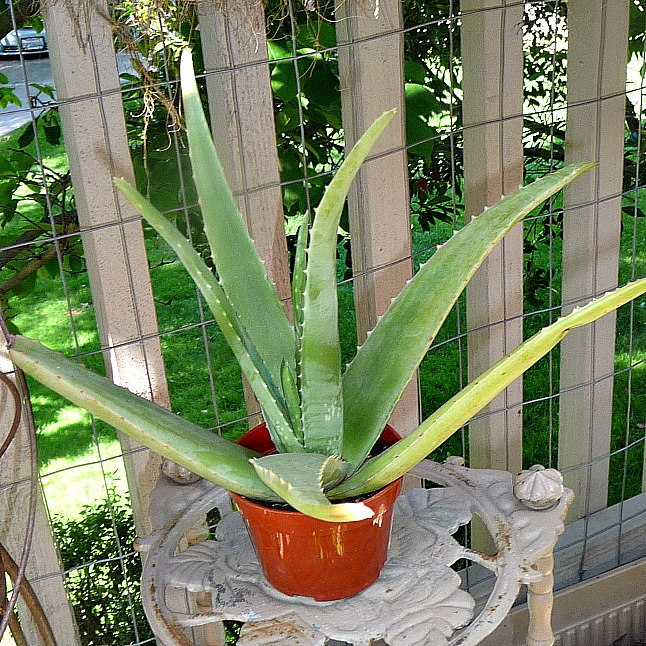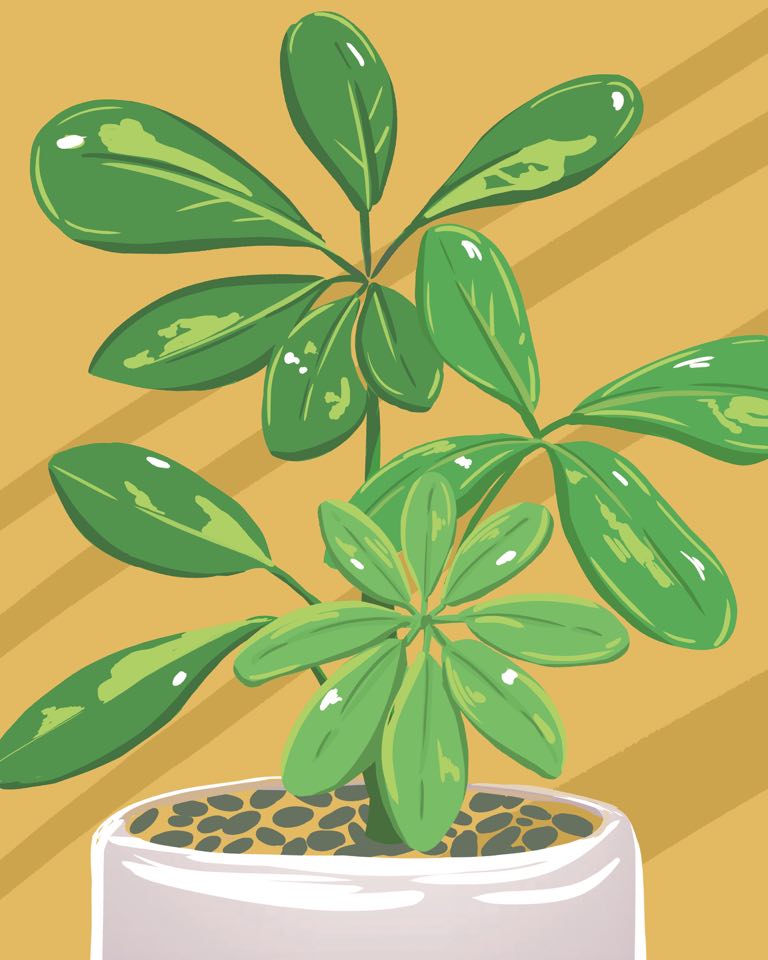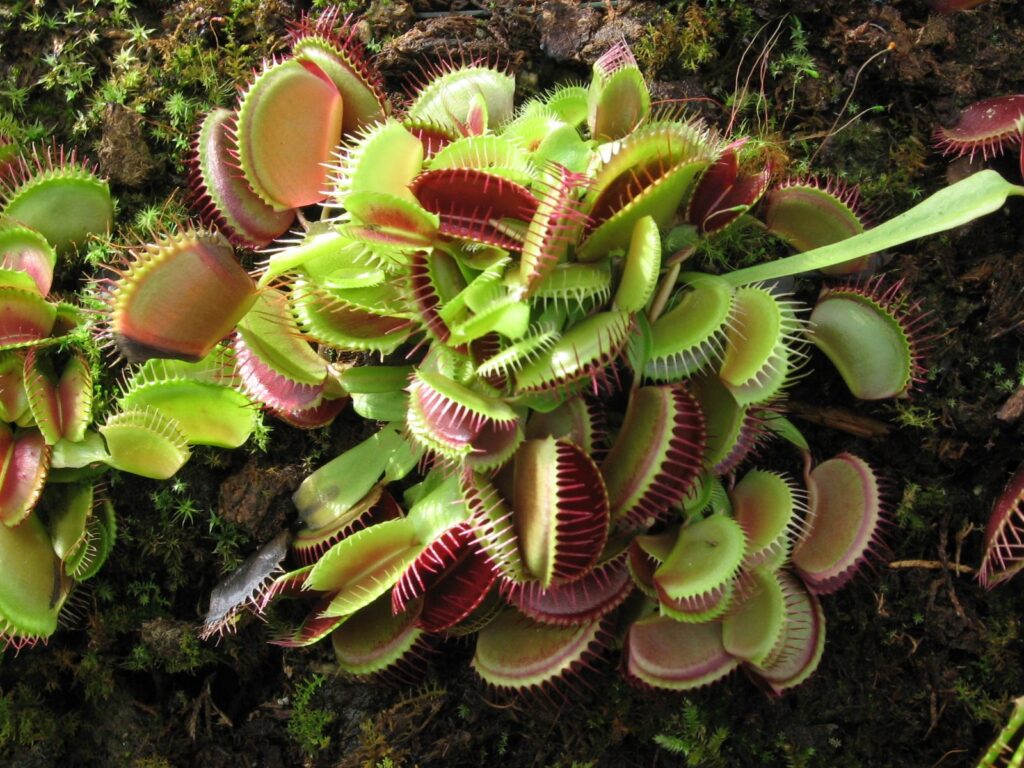Water Saving Tips
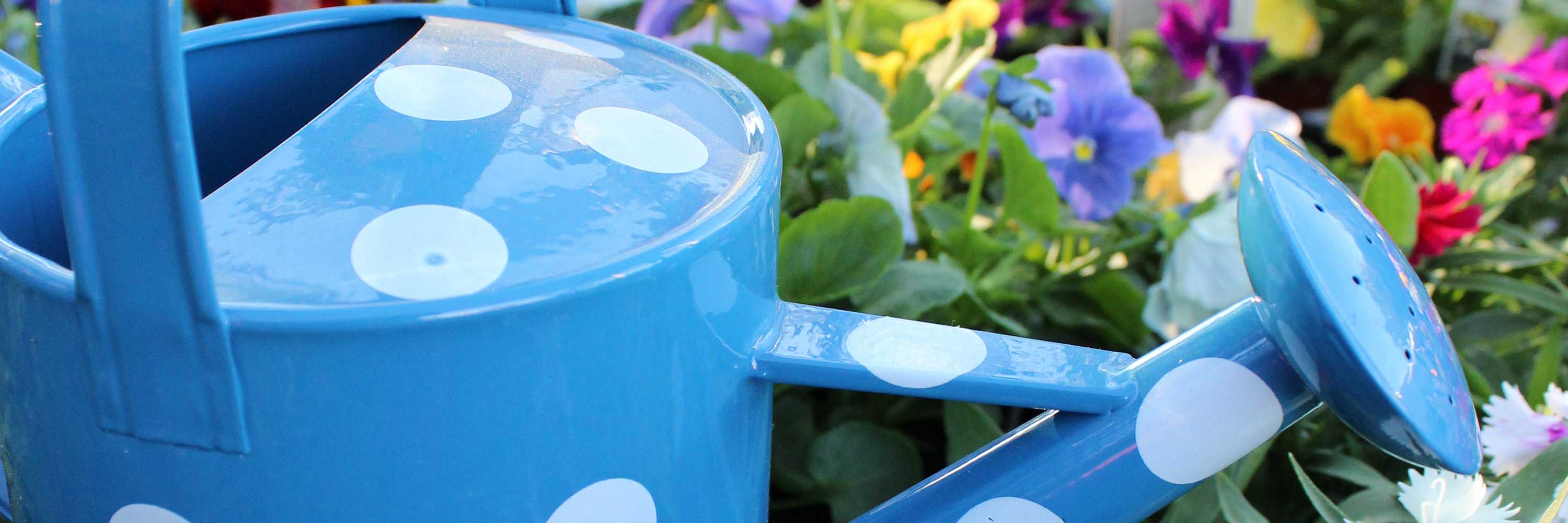
Saving water doesn’t necessarily call for immediate and drastic action. So before you pull out your lawn or install a rock garden, consider these simple techniques that can help you start saving water immediately.
Cheap and Easy Ways to Save Water in the Landscape
Grasscycle your Lawn
Leaving grass clippings on the lawn when mowing adds moisture and nutrients back into your lawn and eliminates a lot of the work involved in caring for a lawn. Read Natural Lawn Care to learn about grasscycling.
Mulch
Use mulch in your landscape as an inexpensive way to save water, and improve the health of your soil. Read Mulch, Mulch, Mulch! to find out more.
Water Less
Often gardeners water more than necessary when their plants can do fine with less. Cut back on watering by a few minutes each week. You may be surprised that many of your plants look the same. This is a great way to save water.
Eliminate “water thirsty plants”
Once you start watering less some plants may start to fail. Move the plants you want to keep into pots and/or replace them with less thirsty alternatives.
Water for your Soil Type
If water drains quickly through your soil you may you have a sandy type of soil. You’ll need to water the root zone (area of soil and roots below your plants) when it dries out, especially during hot weather.
If water drains slowly, you may have a clay soil. You’ll need to water the root zone deeply and infrequently. You can learn more about soils in Gardening 101: Soil preparation
Lawn: yes or no?
The home lawn has recently fallen out of favor; however it does have a purpose for people with children and/or dogs. Most lawn species are not water-wise for the climate where they are planted. Contact a local nursery to ask about lawn alternatives if this topic interests you. Just remember, establishing new plants in place of a lawn means higher water use until the new plants are established. Read more about lawn in Natural Lawn Care
To reduce the size of your lawn, use sheet mulch (learn more at StopWaste.org) and replace lawn with semi- permeable paving, inorganic mulch like gravel or bark, or replant with or water-wise plants. It’s important to note that not all native plants are water-wise.
Irrigation Controller
Irrigation system controllers can be difficult to understand, even if you can find and read the user manual. For help, visit the web page of the manufacturer and look for video instructions. You can also contact a local hardware store to ask questions. As a last resort use the controller manually and turn it on and off each time you need to water.
Water Observations = Water Savings
Once you are familiar with how your irrigation controller works, you’ll want to observe how water is delivered in your landscape. Examine both sprinkler and drip irrigation connections and parts. Turn on the watering zones one at a time and look for leaks, water delivered to sidewalks, damaged sprinkler heads and plugged or missing drip emitters.
Next, check to make sure each irrigation line has identical sprinkler or drip irrigation parts. Irrigation sprinkler and drip parts all deliver different amounts of water. This means that if you have a motley crew of irrigation equipment, the same amount of water will not be delivered to each site. Note how many gallons per minute are delivered and change out the parts and make sure they are all identical.
Drip emitters and spray heads should also be used properly according to the types of plants you have in your landscape. Young/small plants need less water than established plants. For both systems, make sure the water does not spray/wet the trunks of trees and shrubs (getting the trunk wet may encourage disease). Place the emitters in the “dripline,” (imaginary area around the tree represented by where its shadow falls). You’ll need to add more emitters as young trees grow.
Saving water using an irrigation system takes planning, research and can be costly. If you are unsure of what to do, and can afford it, hire a Certified Irrigation Technician. If you can’t afford to do this and are having trouble with your landscape, try visiting a small, locally owned hardware store to see if they have someone that can give you advice regarding your irrigation system. Try changing out one line at a time to coincide with your budget and learning objectives.
Lastly, remember not to turn off your irrigation system completely without considering the trees in your landscape. Trees are an important part of the urban forest in your neighborhood. Deep water trees at least once per month during the dry season.
Hydrozones Help Save Water
Before you install a new landscape, consider using a design that incorporates hydrozones. Hydrozones group plants with similar watering needs together on the same irrigation line. One landscape may have many hydrozones, each using different amounts of water.
If you plan to have your landscape designed, ask the designer about hydrozones and how the designer can use them to help you save water. Make sure the designer you choose understands your primary interest is in saving water, otherwise they may not choose water-wise plants.
A hydrozone is important because in many cases, landscapes are watered according to the plant with the highest water need. This results in overwatering. For example, a hydrangea (high water use plant) planted on the same line as geraniums and rosemary wilts at the first sign of dryness, while the other plants might not need water for another week. If the sprinkler/drip irrigation line is turned on for the hydrangea, a lot of water is wasted. It would be better to keep the hydrangea in a pot and water it separately and water the other plants less.
